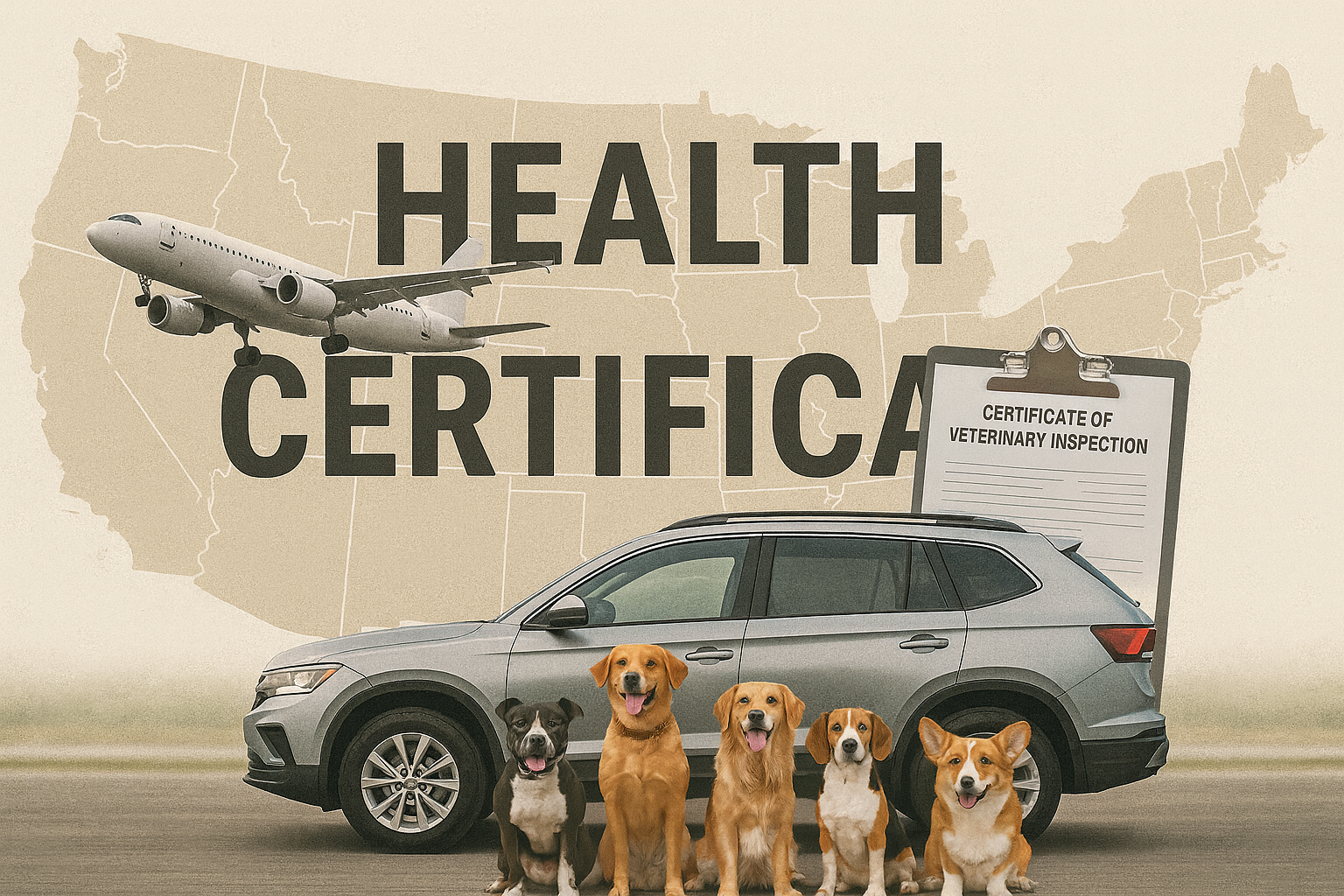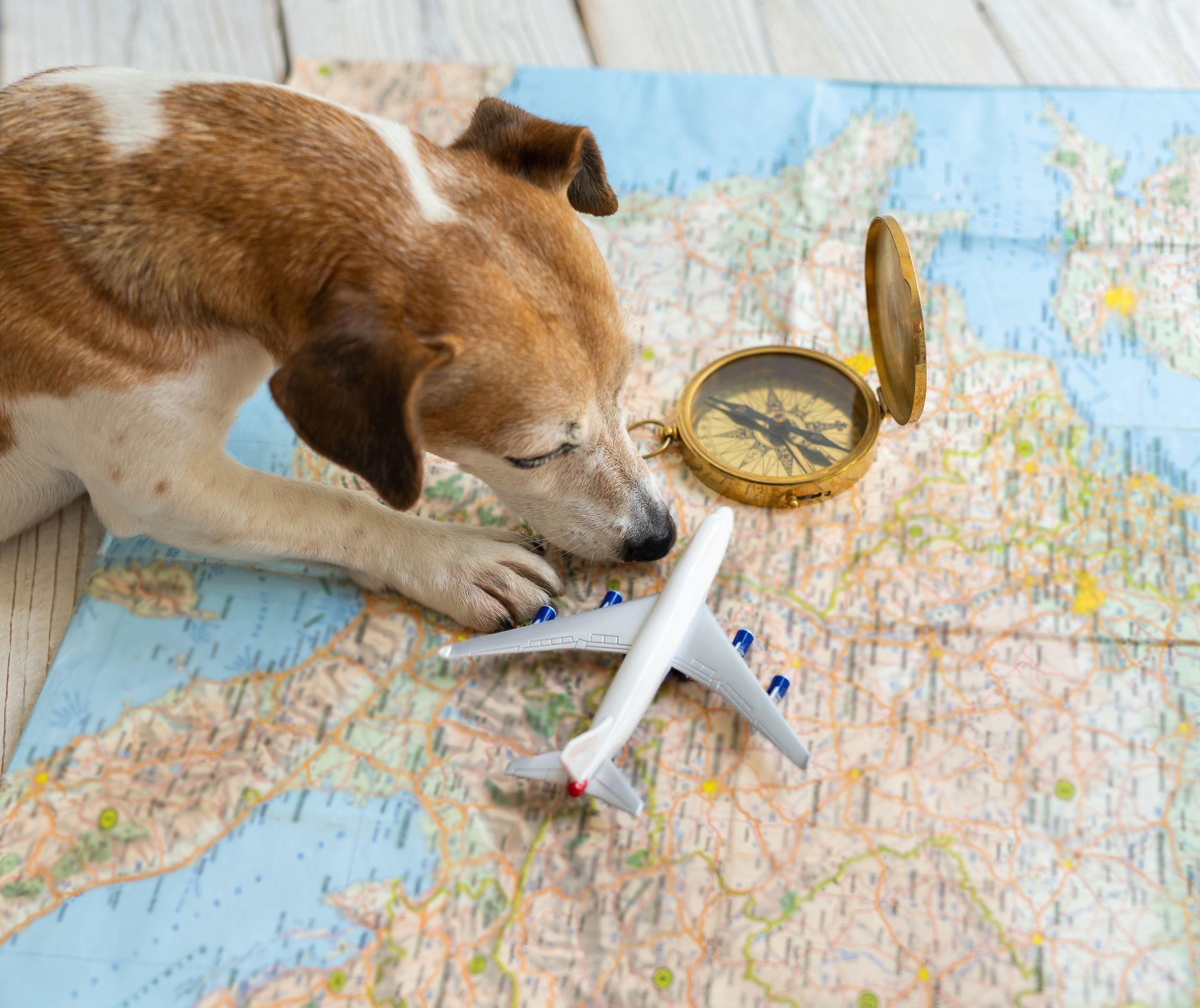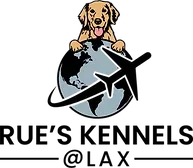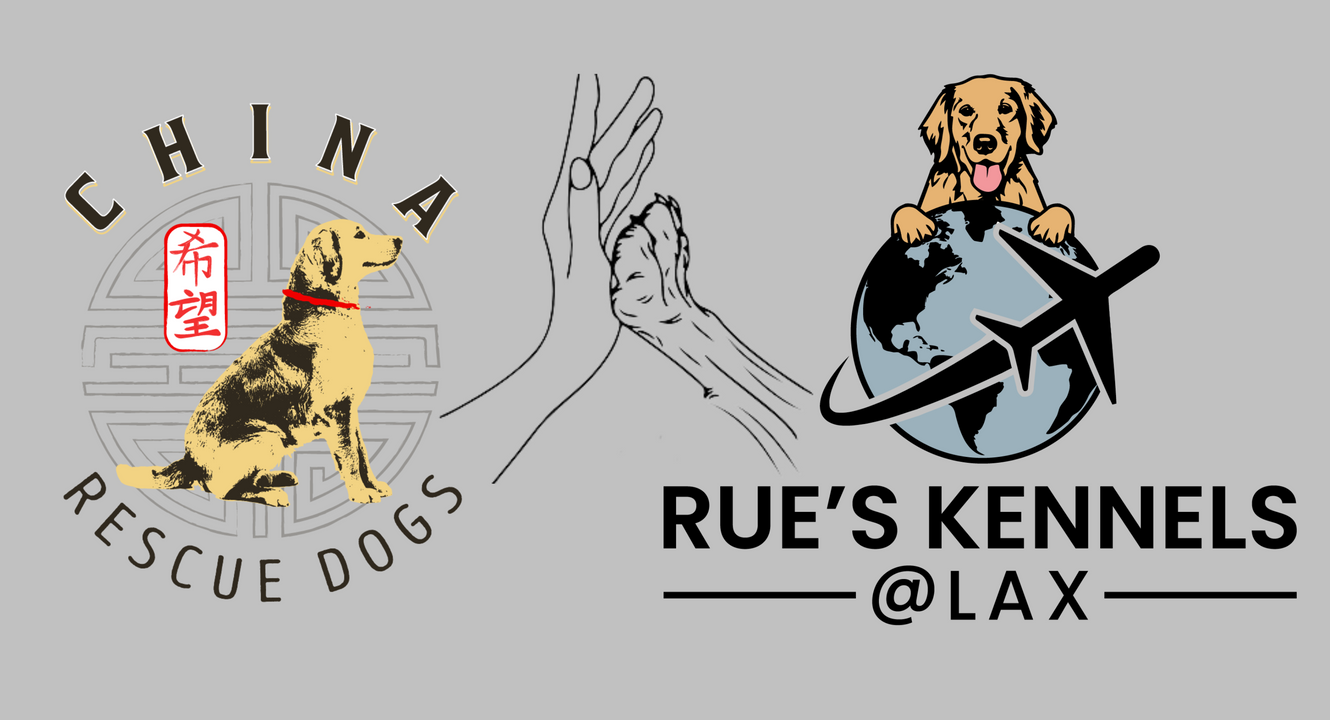What You Need to Know About Importing Your Dog Through LAX
Importing a dog into the United States isn’t as simple as booking a flight and showing up at the airport. There are strict rules in place, especially for dogs coming from countries considered high-risk for rabies. These rules are enforced by multiple agencies, including the CDC, USDA, and U.S. Customs and Border Protection. If you’re flying into Los Angeles International Airport (LAX), one of the busiest international travel hubs in the country, it’s important to understand the process to avoid delays, rejections, or costly mistakes.
This article outlines what dog owners, rescue groups, and international travelers need to understand about importing dogs through LAX and the role CDC-approved facilities like Rue’s Kennels play in the process.
The Centers for Disease Control and Prevention (CDC) oversees animal import regulations to protect public health. Countries are classified into three categories: rabies-free, low-risk, and high-risk. If you’re importing a dog from a high-risk country, additional steps are required to enter the U.S. These steps are in place to help prevent the reintroduction of rabies, which is fatal and not currently present in the dog population in the U.S.
Some common high-risk countries include China, India, Egypt, Pakistan, Russia, the Dominican Republic, and Haiti. This list is updated by the CDC based on public health data, so it’s important to confirm your country’s status before making travel plans.
If your dog is arriving from one of these countries, be prepared to show full compliance with all CDC import requirements. Required documentation typically includes a valid rabies vaccination certificate, a health certificate issued by a licensed veterinarian, proof of age, and a record of microchipping. In some cases, a CDC Dog Import Permit is also needed. The rabies certificate must show the date of vaccination, the date the vaccine becomes effective, and the microchip number. The dog must be at least 6 months old and vaccinated more than 30 days before entering the U.S. Incomplete paperwork is one of the most common reasons dogs are held upon arrival.
The CDC has strict rules about which airports dogs can enter through. LAX is one of the few approved ports of entry for dogs coming from high-risk rabies countries. However, dogs must arrive through a CDC-registered facility. Rue’s Kennels at LAX is one of those rare facilities authorized to receive, board, and care for imported dogs under CDC oversight. They are bonded through U.S. Customs and Border Protection and maintain USDA handler registration with a licensed USDA veterinarian on staff. These credentials are not optional. They’re required for any facility managing the quarantine and care of international dogs under CDC authority.
When your dog arrives at LAX and is being handled by Rue’s Kennels, a structured process begins. First, Rue’s coordinates pickup from the airport and handles customs clearance. This involves verifying paperwork and coordinating with airport officials. Once the dog is transferred to the facility, their health records are reviewed by the on-site veterinarian. If needed, the rabies vaccine may be re-administered to meet U.S. requirements. If the dog does not meet all immediate entry criteria, a mandatory 28-day quarantine is triggered. This allows time for the new vaccine to take effect and ensures that the dog shows no signs of illness during the incubation window for rabies.
During the quarantine, Rue’s provides care including feeding, playtime, cleaning, and health monitoring. Once the quarantine is complete and the CDC has cleared the documentation, Rue’s releases the dog to the owner or designated representative. The facility remains in communication throughout the process, giving pet owners regular updates and helping ensure compliance with all government requirements.
Importing a dog without understanding these steps can result in significant stress for both the owner and the animal. Common issues include incomplete or incorrect paperwork, arrival at the wrong port of entry, arrival through a non-registered kennel, or attempting to import a dog that is too young. Even dogs that appear healthy can be denied entry if the documentation is missing or inaccurate. This is why working with a CDC-registered facility is a key part of the importation process.
If you’re preparing to import a dog through LAX, there are some steps you can take to stay ahead. First, check the CDC’s current list of high-risk countries and make sure your dog’s country of origin qualifies. Then, confirm your dog’s rabies vaccine meets all U.S. requirements. Work with a veterinarian familiar with international travel, and ensure the dog is microchipped and at least 6 months old. Contact Rue’s Kennels ahead of time to confirm their intake process and availability. You’ll also want to prepare for quarantine in advance by budgeting time and cost. Travel insurance that covers pet care or delays may also be helpful.
Rue’s Kennels was founded with international pet travel in mind. The founders, who are involved in rescue efforts through China Rescue Dogs, opened the facility in June 2023 to help meet the growing demand for proper animal care and quarantine support near LAX. Since then, Rue’s has served a mix of rescue dogs and personal pets coming into the U.S. from around the world. Their location just minutes from the airport and their nonprofit mission make them a unique resource for those navigating the complex process of international dog transport.
Importing a dog through LAX is manageable, but it requires advanced planning. With the right paperwork, a CDC-approved facility, and a clear understanding of CDC rules, you can help ensure your dog enters the country safely and legally. Rue’s Kennels plays an important part in that system by serving as the bridge between your pet’s arrival and final release.
This overview is meant to give you a clear understanding of the steps involved in dog importation through LAX and why facilities like Rue’s are essential. Always consult with official CDC resources and contact the kennel directly if you have specific questions about timing, availability, or eligibility.
share this
Related Articles
Related Articles
















